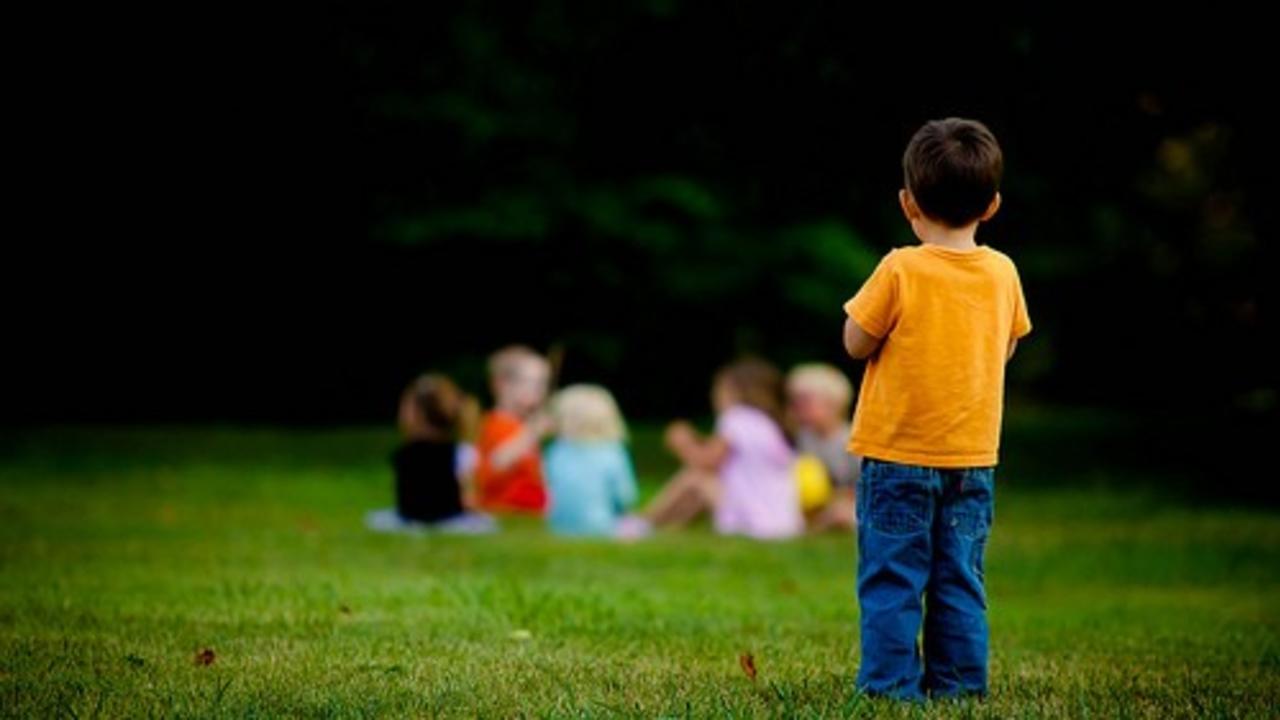Playing with Others
Feb 14, 2019
Guest Blogger: My mom. Kristina Tindall
Being the parent of an adult child who has ASD, I get asked a lot of questions. Many of them relate to my son when he was much younger, and I truly understand. We want to do our best as parents and we know that how we train our children impacts their future. Having a child with ASD makes things a little more challenging.
One of the questions I get asked a lot is: How did I teach my son how to play with other children?
My son Tyler had an extremely difficult time playing with other children. I don’t know if it was because it was too much stimulus for him, or because he just wasn’t used to being around other children since he grew up as an only child. Hard to say. But I was treading new waters back in the 90’s and there wasn’t a lot of information about ASD so I relied on my motherly instinct and what made sense to me at the time.
Going to the playground with a lot of children was extremely stressful for me. I never knew what was going to happen. There was no way I was going to be able to sit on a bench with all the other moms drinking coffee while we chatted and watched our children play. No, for me it was running around with my child to make sure there was no injury inflicted to another child because of my son. For him, pushing a kid down on the ground or trying to push them off the top of a play structure was really fun for him! He thought that was playing! Fortunately, there were no children that were injured for life, but after the first few pushes to other children on the playground resulting in one irate parent, I knew that my dream of hanging out with the other moms with my late’ in hand would be just that. A dream. I had to find ways to help my son learn how to play without taxing every bit of patience that I had for the day on one trip to the playground.
The first lesson I learned is that I needed to teach him how to play at home. Whatever he was interested in, whether it was Legos, matchbox cars, playing with a train set, you name it, I got on the floor and played with him. It sounds so simple, yet as mothers we feel the need to keep things running like a smooth operating machine in the household, but I’m here to tell you, your laundry can wait. It’s critical play time you need with your child. I liked to call it “Learn Time”. It gave me permission to put things on hold for a little while.
The second “tool”, is to get some board games. And I mean board games. No computer involved. It taught my son how to take turns, how to win, and more importantly, how to lose. He hated to lose and it was an absolute meltdown when he lost. Winning and losing is part of life and learning how to deal with both are paramount. In adult language we call it successes and failures and learning how to deal with both is ongoing for life.
The third tool is to invite another child over to your home. Prep your child ahead of time with who is coming and how long they will stay. Have your son or daughter pick out two different toys they can play with and have the other child choose which one. It spares a lot of anguish if it’s done ahead of time. No fighting, just two different toys.
Then, make sure the playdate is short. Thirty-minutes to one-hour max to begin with. Anything longer than, the more likelihood of a meltdown. I always made sure I communicated to the child’s parent on how long they were invited to stay and they were always very understanding. They knew when it was time to leave with no questions asked.
The same is true for the playground experience. While I always had to follow my son around, I picked times that were less busy, which means less noise, less movement of other children, and less stimulus in general. It made it easier for me too.
When Tyler was enrolled in a developmental pre-school, he was in a very small classroom with a lot of para educators to support him with many different things, but they also taught him how to “step by step” play with other children in the class.
Moving forward to playtime as he got older. Things change a lot, but that can be saved for another blog. Until then, don’t give up and keep playing!!
Stay connected with news and updates!
Join our mailing list to receive the latest news and updates from our team.
Don't worry, your information will not be shared.
We hate SPAM. We will never sell your information, for any reason.


